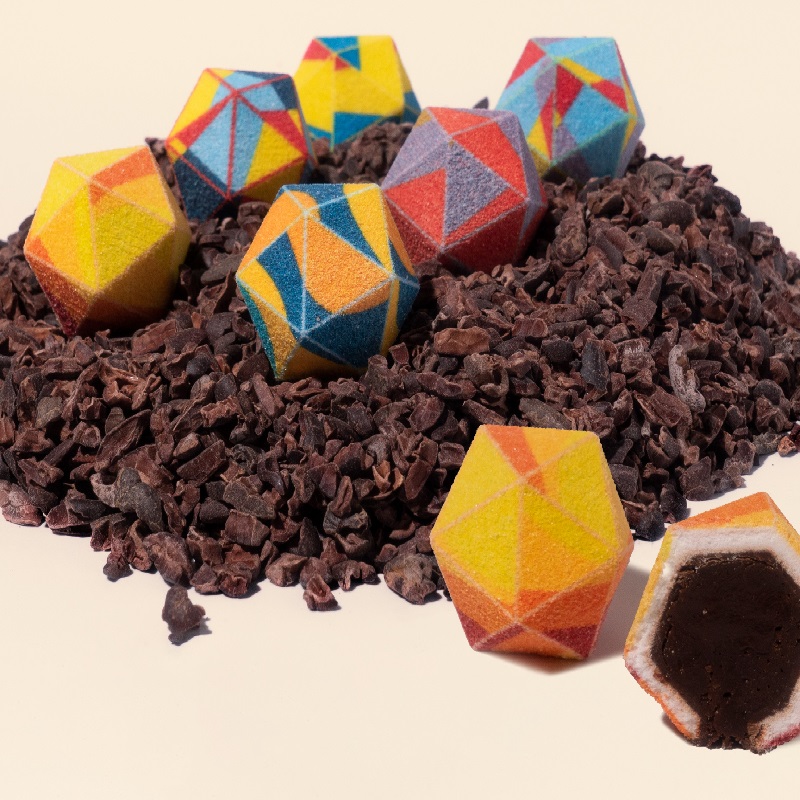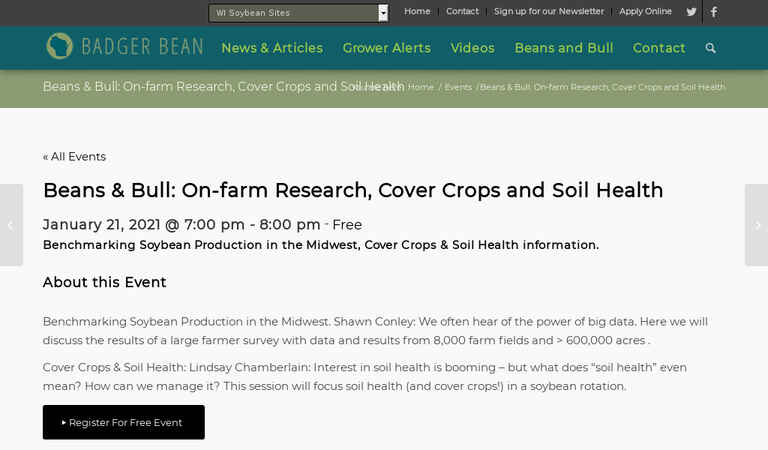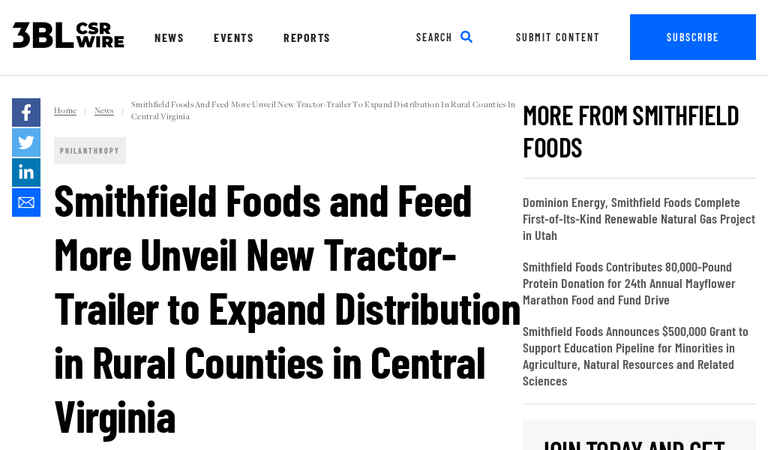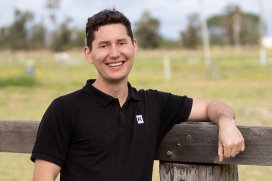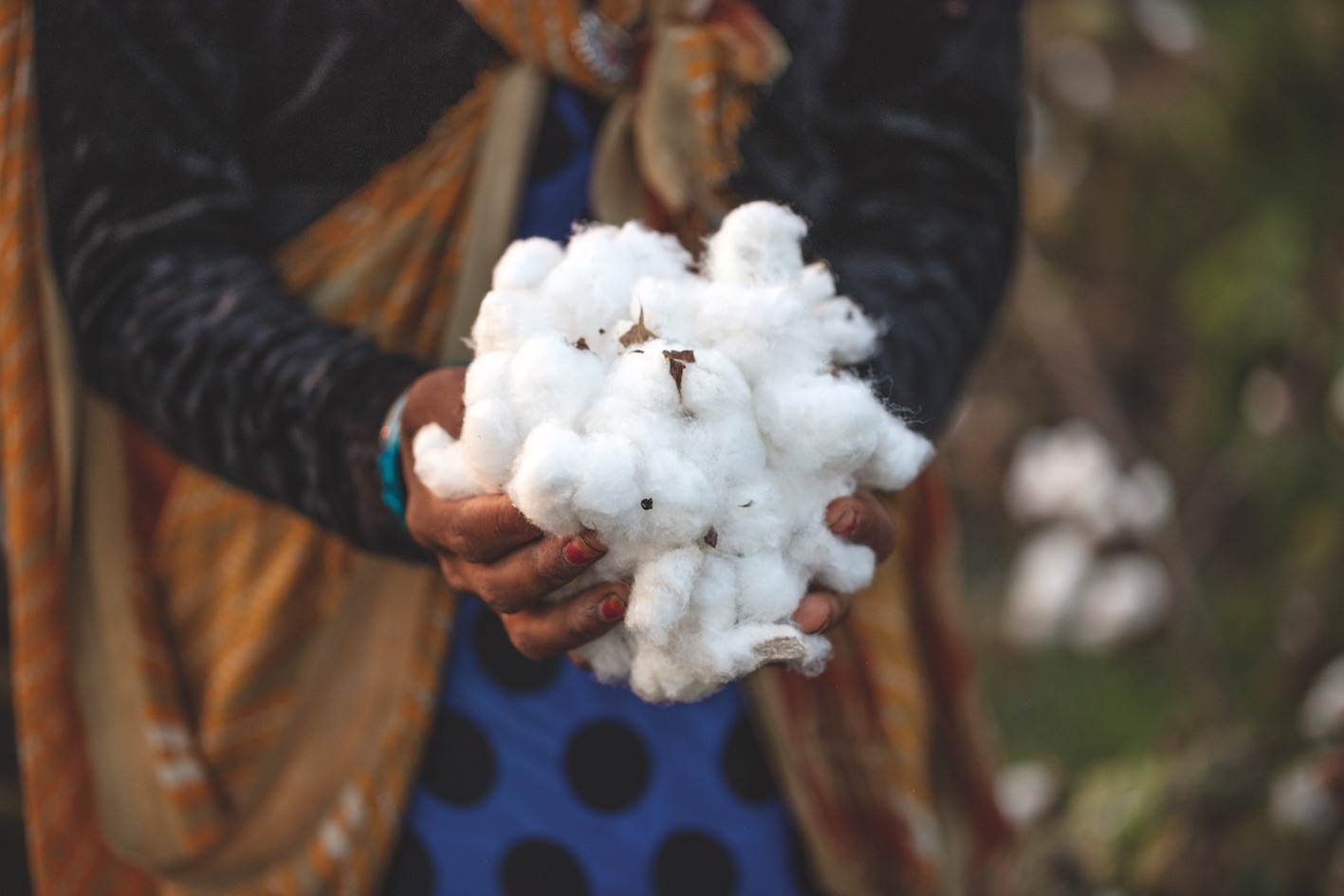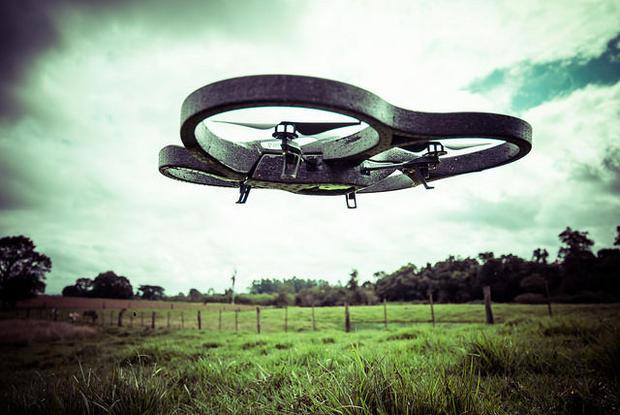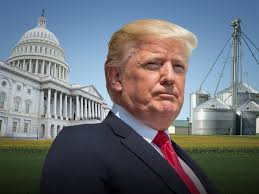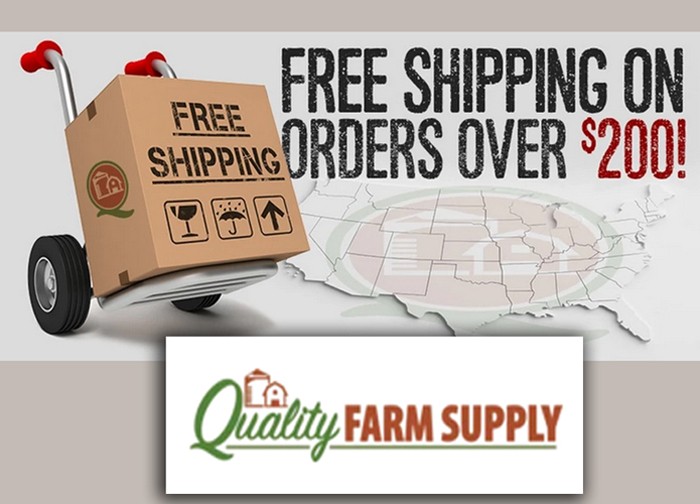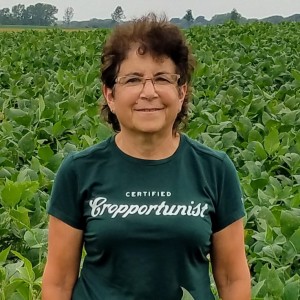 Nancy Kavazanjian
Nancy Kavazanjian
Topics: Food/Nutrition,
Digital bakery: Sugar Lab launches 3D printed customized chocolate bonbons and truffles
19 Jan 2021 --- Sugar Lab has launched a new line of 3D printed chocolate truffles and bonbons as Valentine’s Day approaches. Dubbed “glamorous desserts,” the range comes in original shapes and colors, capturing the potential for beauty and culinary customization of 3D printed confections.
-
(1)
-
Bookmark
- Comments (0)
 Nancy Kavazanjian
Nancy Kavazanjian
Topics: Soybeans, Weeds, Economics,
Beans & Bull: On-farm Research, Cover Crops and Soil Health - Badger Bean
Benchmarking Soybean Production in the Midwest, Cover Crops & Soil Health information. About this Event Benchmarking Soybean Production in the Midwest. Shawn Conley: We often hear of the power of big data. Here we will discuss the results of a large farmer survey with data and results from 8,000 farm fields and > 600,000 acres […]
-
(0)
-
Bookmark
- Comments (0)
 Randy Krotz
Randy Krotz
Topics: Agriculture US, Food Security/Shortage,
Smithfield Foods and Feed More Unveil New Tractor-Trailer to Expand Distribution in Rural Counties in Central Virginia
-
(0)
-
Bookmark
- Comments (0)
 Randy Krotz
Randy Krotz
Topics: Soil Health, Cover Crops, Conservation/Tillage, USDA, Government / Policies,
5 things you need to know about what Biden’s plan for a carbon market means for farmers
Biden's carbon market could be a valuable tool for fighting climate change, but farmers and experts have some concerns. Here's what you need to know.
-
(0)
-
Bookmark
- Comments (0)
01/19/2021 SOURCE: www.futurefarming.com
Remote vision data does not offer sufficient information for the accurate application of fertiliser.
"Soil sampling vital for accurate application of fertiliser"
-
(0)
-
Bookmark
- Comments. (0)
01/19/2021 SOURCE: www.sportswear-international.com
Sourcing for more environmentally friendly materials is a new must for the fashion industry, and raw materials from regenerative agriculture is a buzzword of the moment. What brands are most keen about using materials obtained through such alternative methods?
Fabrics: Will regenerative agriculture change fashion?
-
(0)
-
Bookmark
- Comments. (0)
01/19/2021 SOURCE: www.indystar.com
As Biden launches his plan to tackle climate change, agriculture plays a key role. But will carbon markets be enough to get farmers on board?
There is a lot of money on the table with carbon markets. But farmers are skeptical.
-
(0)
-
Bookmark
- Comments. (0)
 John LaRose Jr.
John LaRose Jr.
Topics: Agriculture US, Agriculture Global, Drones UAV, World Population, Coronavirus/COVID,
Big growth in agriculture drones reported during the past year
Drone adoption has increased during the coronavirus pandemic, especially in the agricultural sector as farmers seek new insights using surveillance technology and drawing inferences from digital data.
-
(0)
-
Bookmark
- Comments (0)
01/19/2021 SOURCE: www.drovers.com
From the unpredictability with trade to easing of regulations, the past four years have been a whirlwind with farmers, ranchers and policy experts looking back at the Trump Administration's impact on agriculture.
Trump Administration Leaves a Lasting Impact on Agriculture
-
(0)
-
Bookmark
- Comments. (0)
 John LaRose Jr.
John LaRose Jr.
Topics: Agriculture US, Agriculture Global, Economics, World Hunger, World Population,
Bill Gates Becomes the Largest Farmland Owner in the United States: Report
The billionaire owns more than 268,000 acres of land combined across 19 states
-
(0)
-
Bookmark
- Comments (0)


